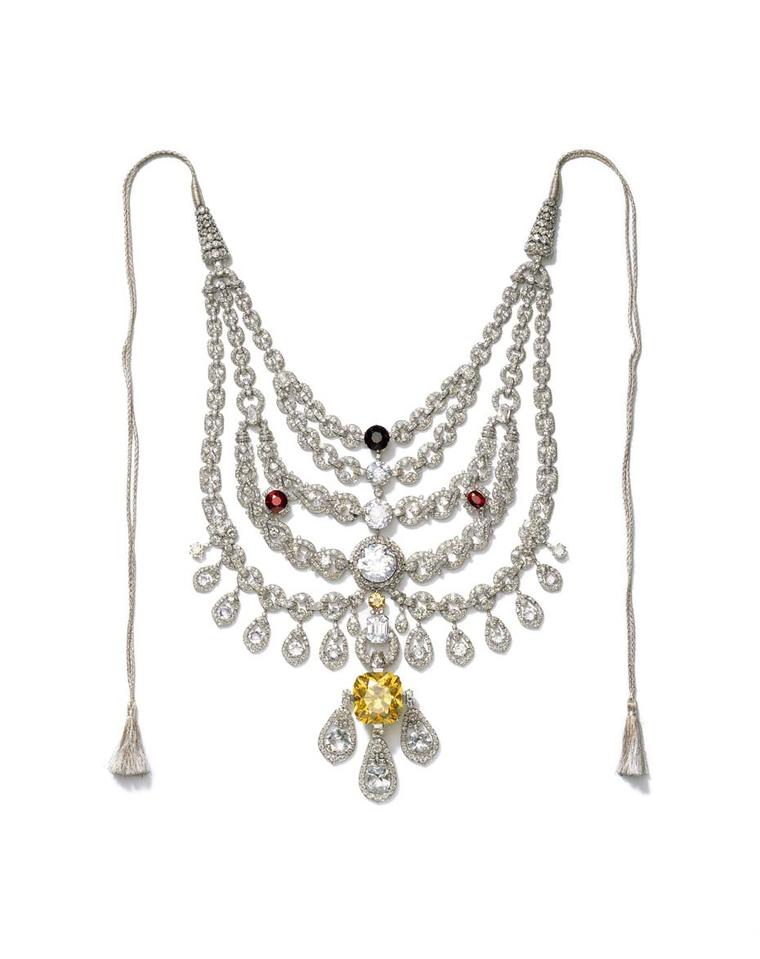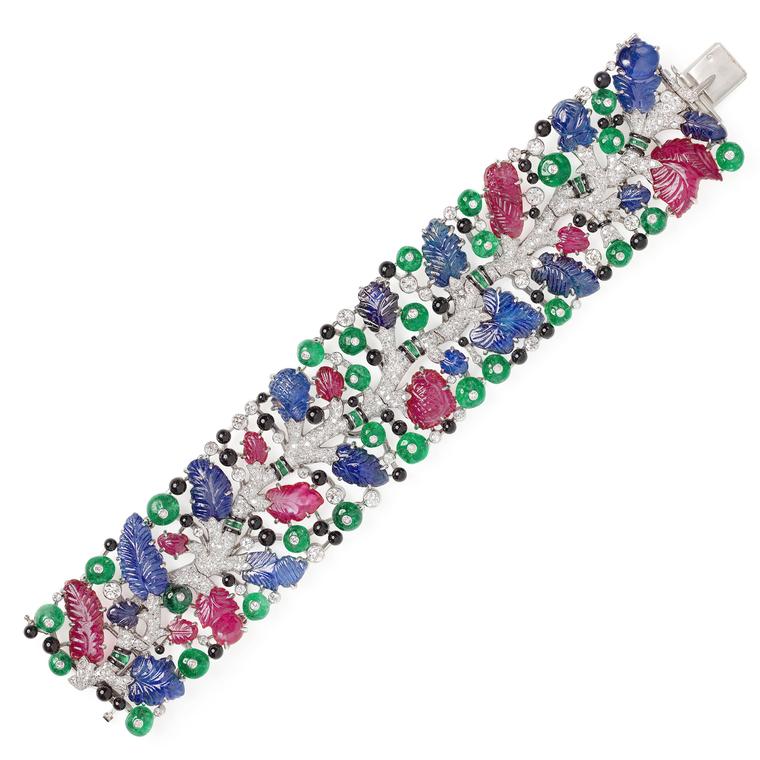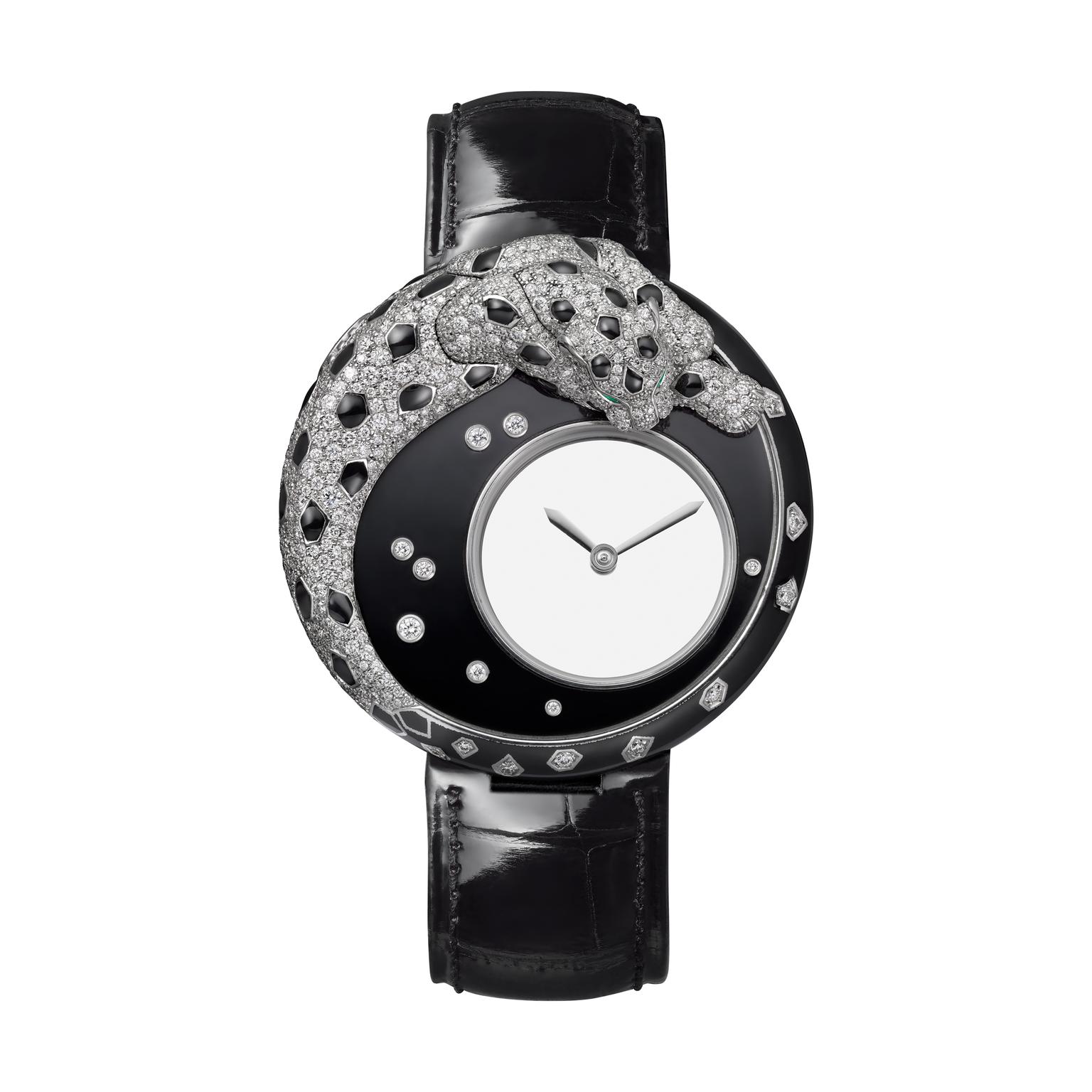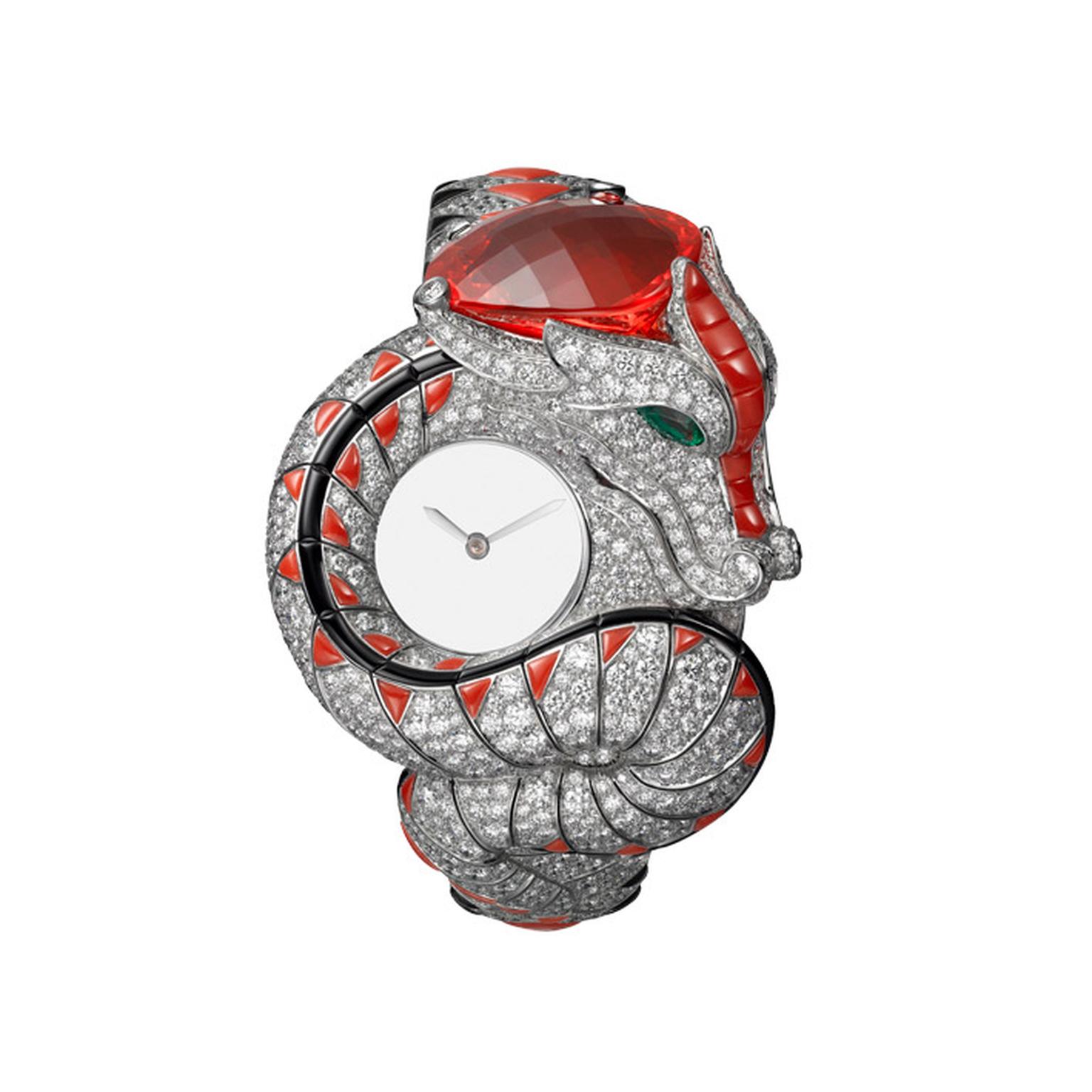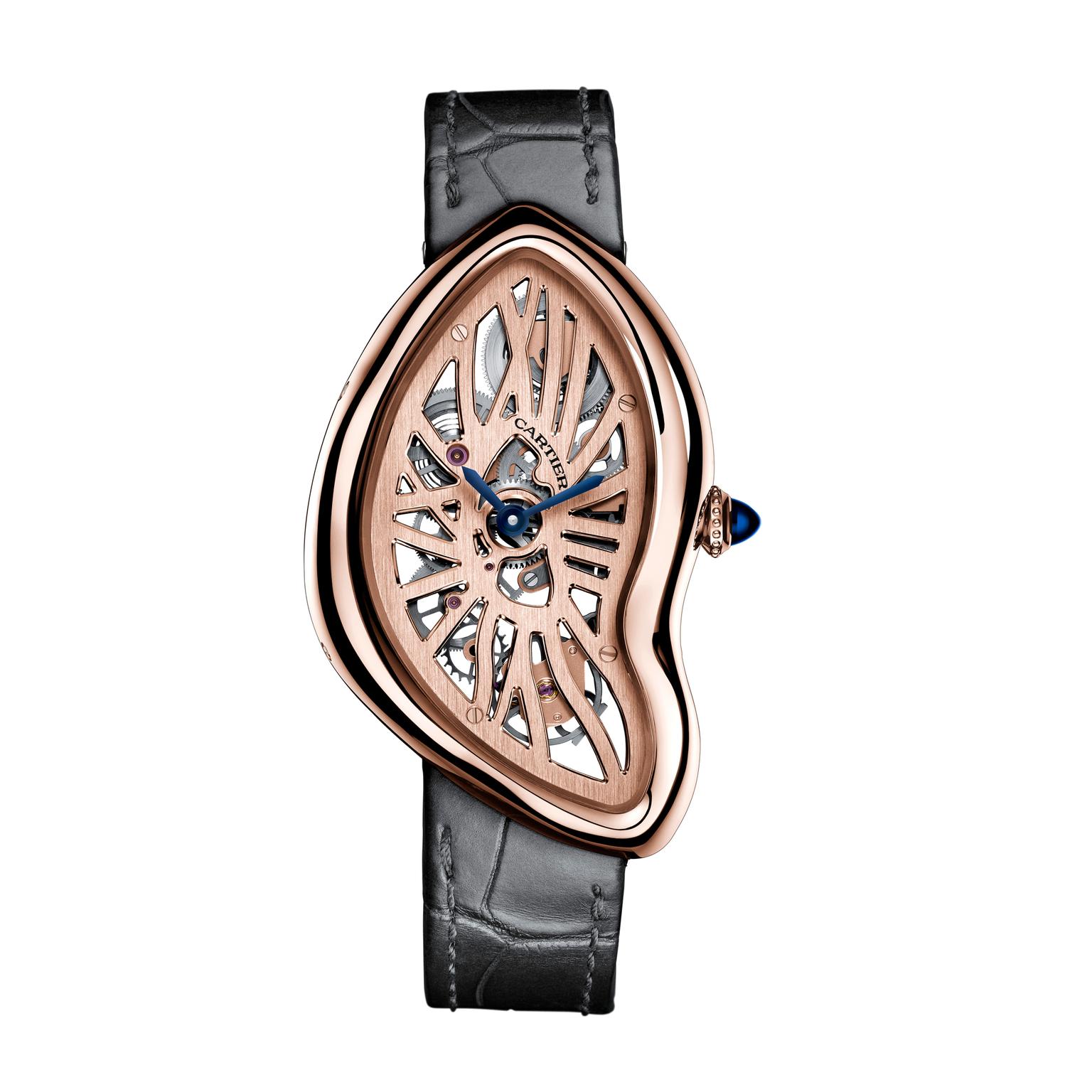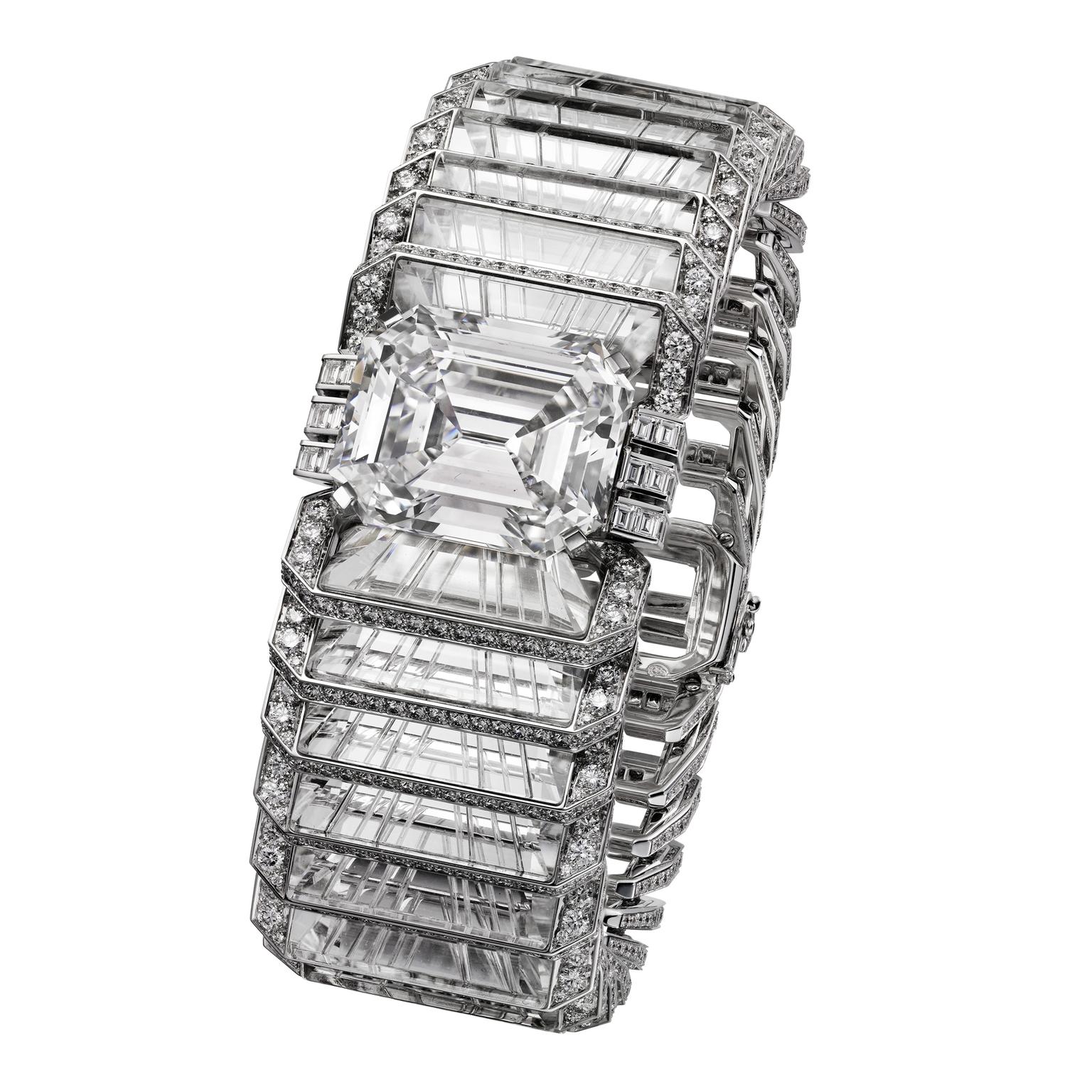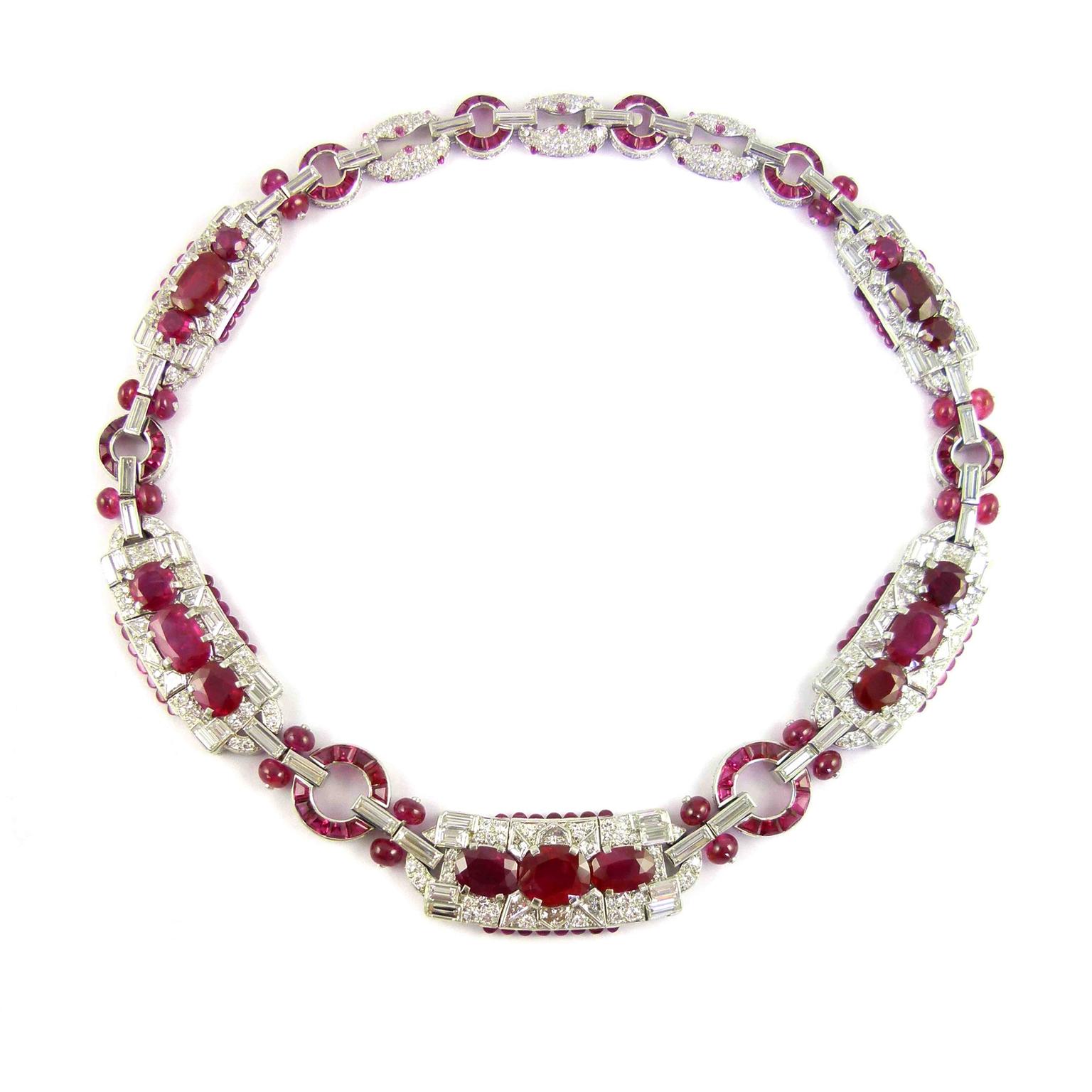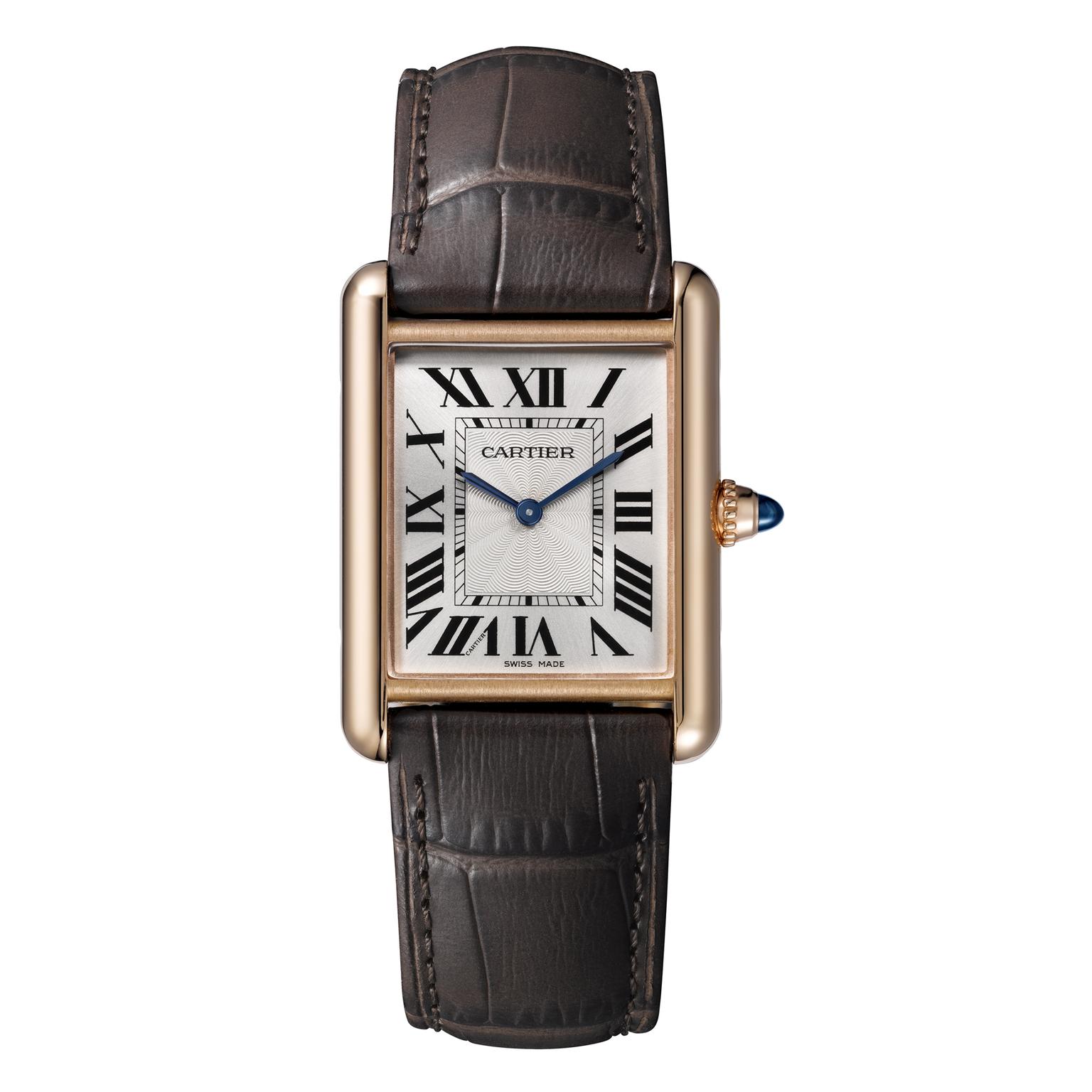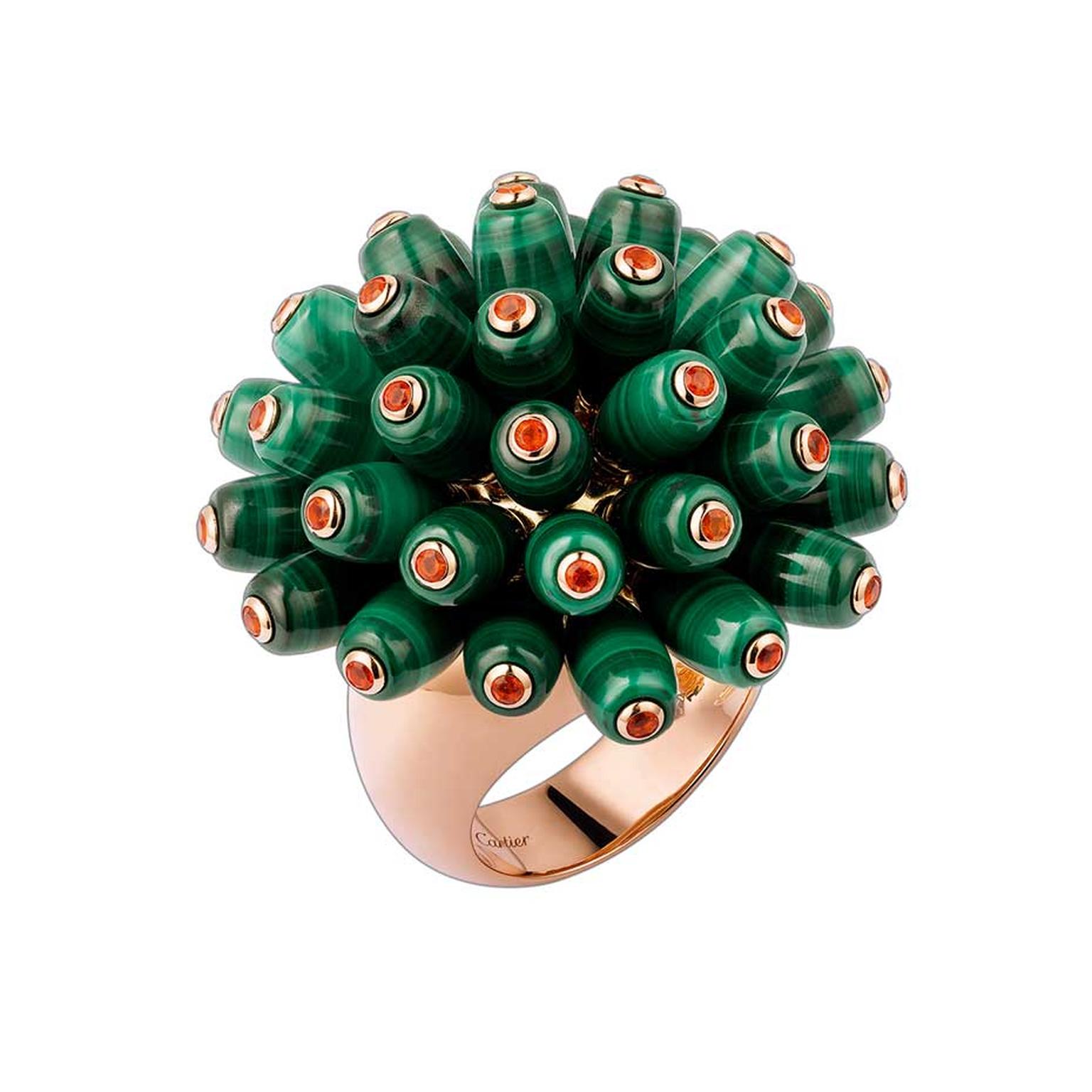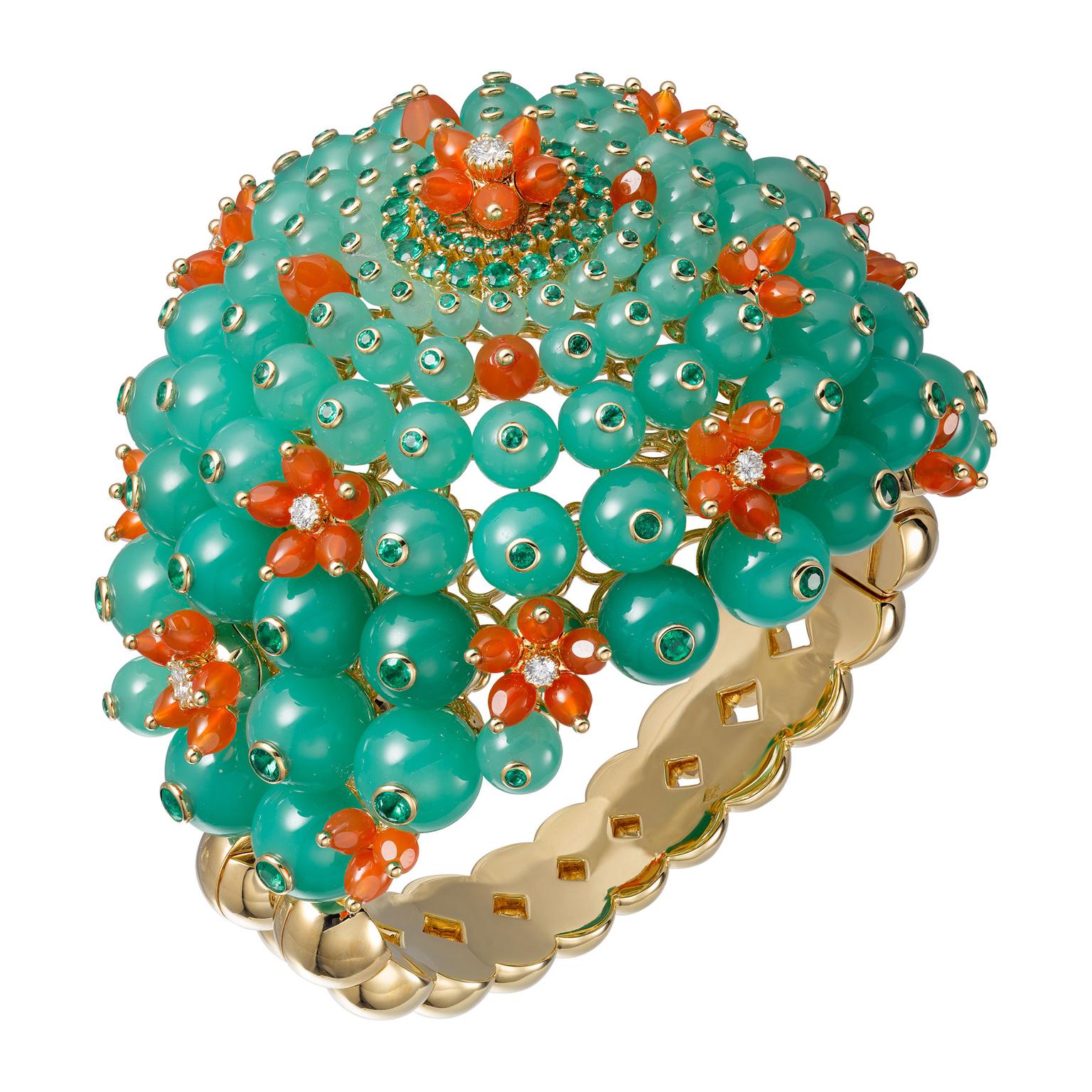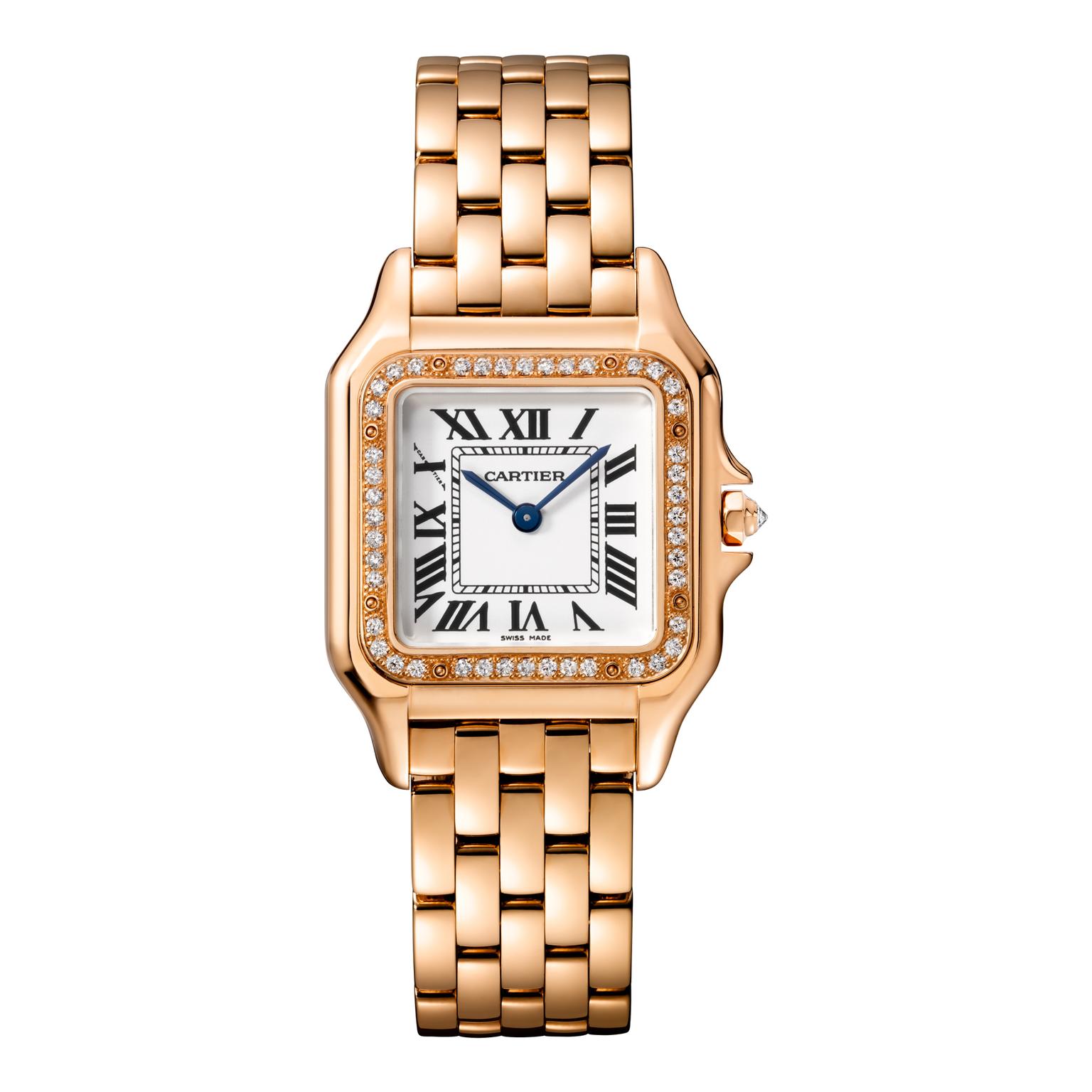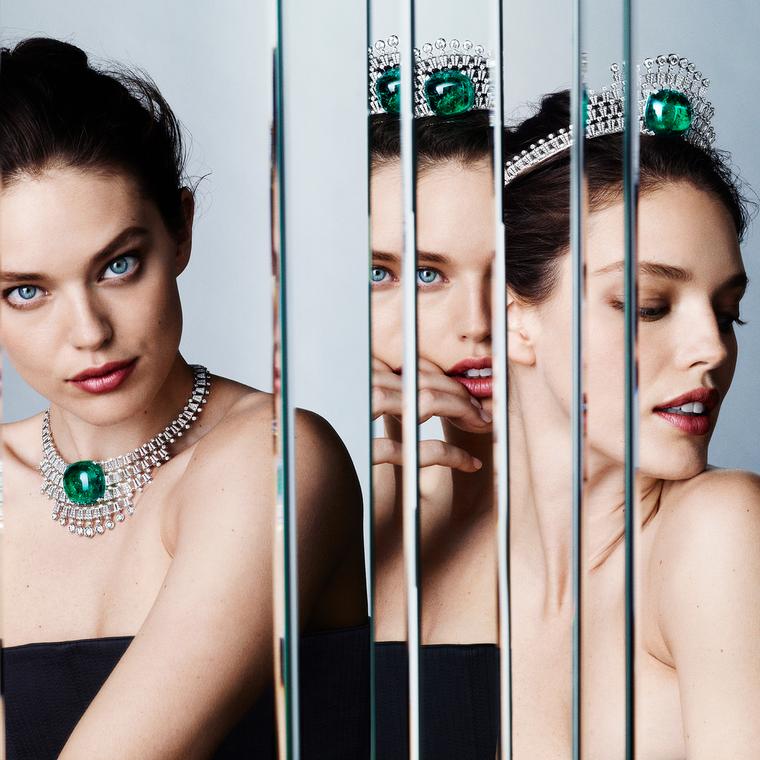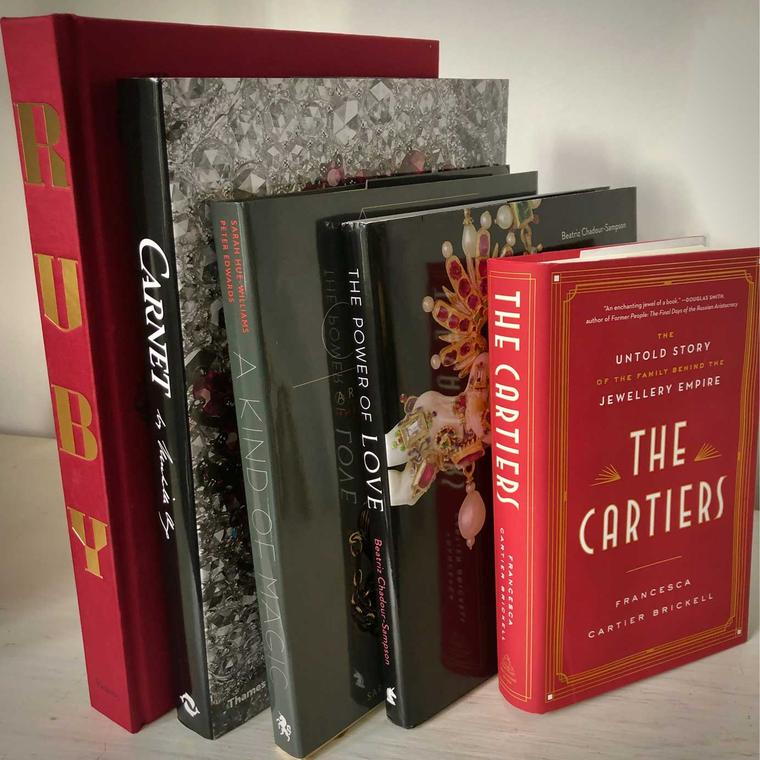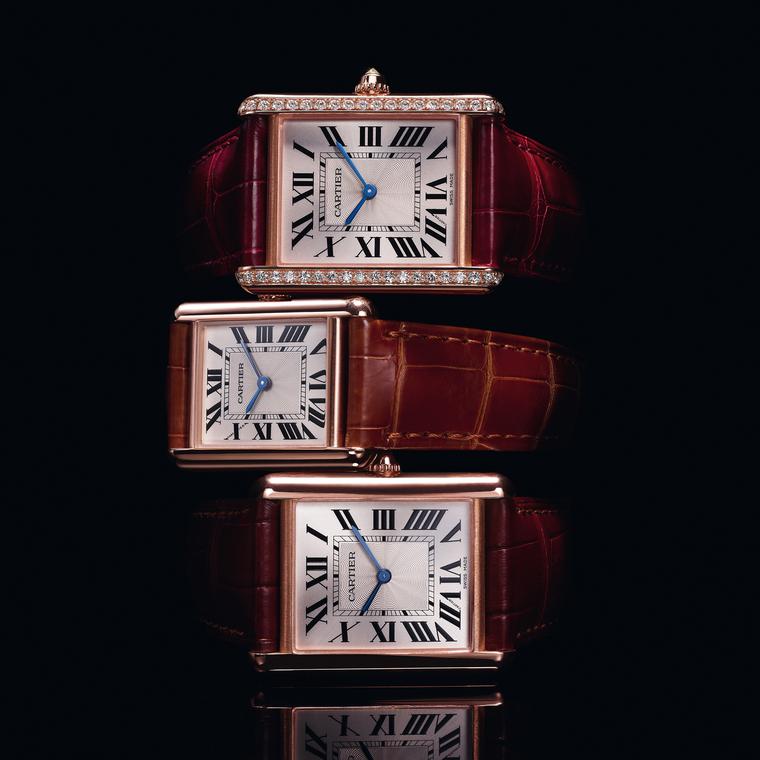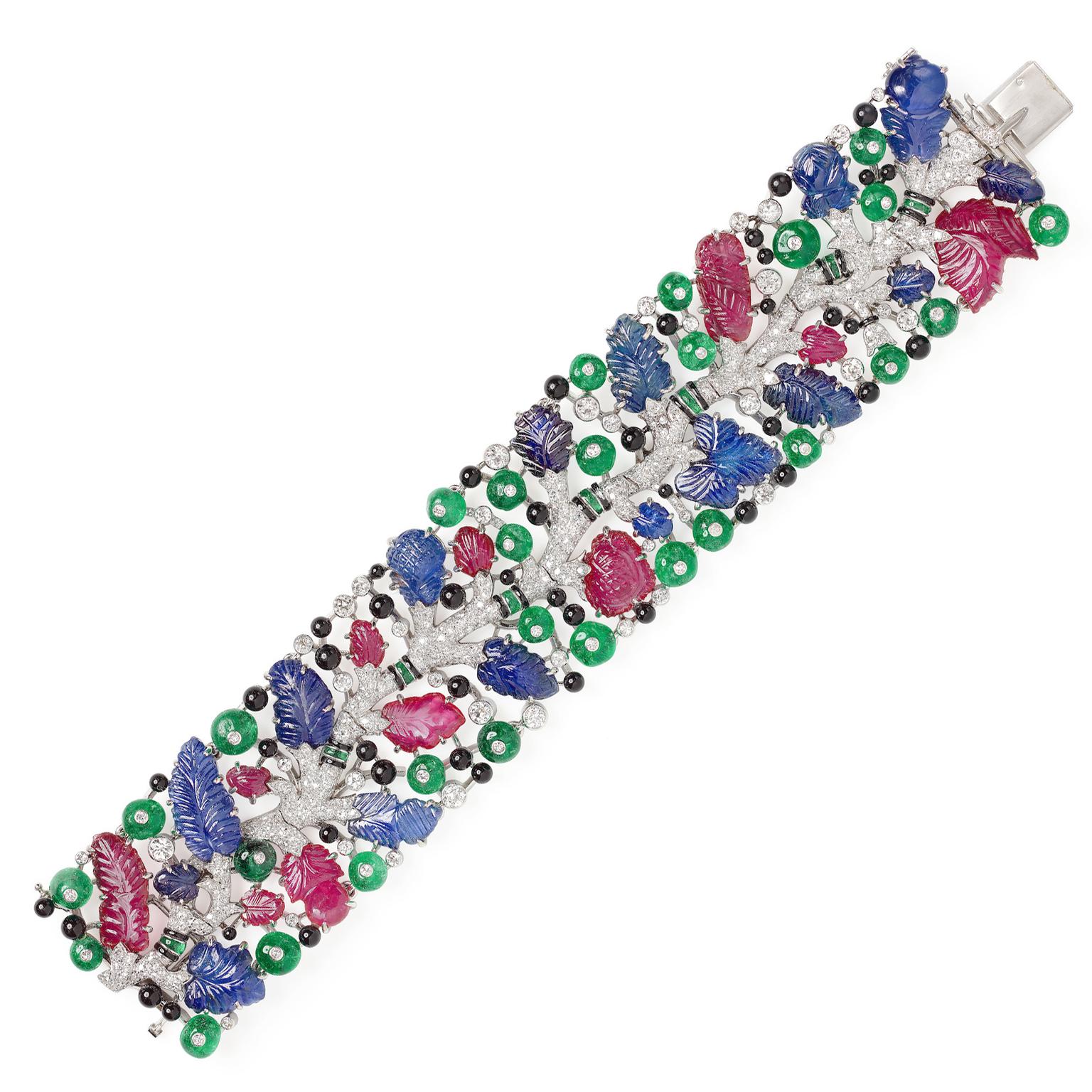
Francesca Cartier Brickell is independently researching the fascinating story of Louis, Pierre and Jacques, the famous Cartier brothers who travelled the world, took risks and showed both great design as well as business acumen to create an internationally recognised jeweller. Based on conversations with her grandfather Jean-Jacques Cartier and a long-lost family archive of letters, photographs, sketches and documents, Francesca tells the family story her very own way. You can keep up to date with Francesca's research by following her on Instagram at Creating Cartier.
TJE: Your grandfather, Jean-Jacques Cartier, son of Jacques, was the fourth-generation of the family who built one of the world’s most successful jewellery businesses. What was it like growing up with that history?
FCB: Well, I grew up spending summer holidays at my grandfather’s magical house in the South of France. As a child, I remember my ancestors staring back at me from black and white photographs dotted around his house. To be honest though, I can’t say I found them anywhere near as enticing as the lure of the swimming pool!

There’s a relatively well-known picture of my great-great-grandfather and his three sons, Louis, Pierre and Jacques Cartier that was in my grandfather’s room (below). I guess I knew these men had done something important but, to me back then, they were just black-and-white, two-dimensional figures - a world apart from my wonderful grandfather and our secret childhood adventures in his glorious garden. I mean, as far as the link goes with Cartier’s iconic jewellery and the opulent worlds of Indian Maharajahs, Belle Epoque princesses and Russia Grand Duchesses, all this was entirely lost on my seven-year old self.
TJE: So what sparked the interest in the history of Cartier as a family firm?
FCB: Thankfully, when I became a bit older, I started to speak to my grandfather about his past. Jean-Jacques had run the London branch until it was sold by the family in the 1970s. He had the most incredible stories; lunches around the dinner table were filled with evocative tales about jewels and heiresses, creativity and family drama. I was also lucky enough to make a chance discovery with him of some long-lost family archives. It was then, as we pored over our ancestors’ letters together, laughing at their jokes and moved by their misfortunes, that those two-dimensional figures in the family photos really sprang into life.
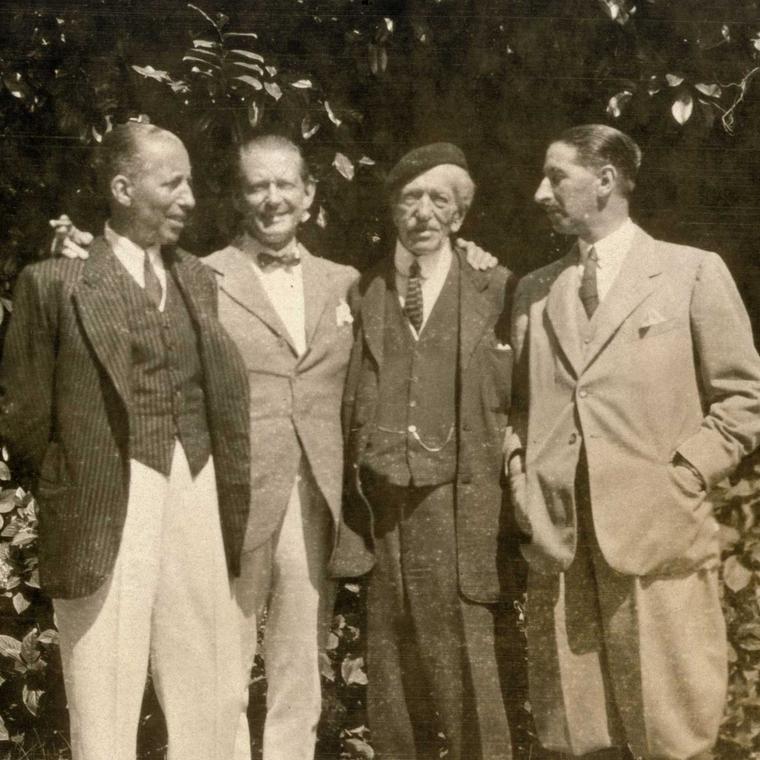
Jean-Jacques was a very private man by nature but he could see how interested I was in the history. Several years before he passed away, he started to share with me his memoirs and gave me his blessing to write the Cartier story from a family perspective. That really set me off on a whole new path. Having worked in finance, I took the rather crazy or brave decision to focus on researching and writing this story instead. I’ve spent the last decade travelling the globe following in the footsteps of my ancestors - from London, Paris and New York to Mumbai, Budapest and Colombo - and interviewed many wonderful designers, salesmen and jewellery dealers who still remember those times. It’s been amazing and at times, I’ve felt like a detective, tracking down people thousands of miles away for a single unique insight or spending hours in libraries researching an intriguing clue from a 19th century letter. The research has involved staying in Indian palaces, colonial hotels and French châteaux, not to mention my fair share of grotty Airbnbs. I’ve traced the origins of Cartier’s style and matched faded sketches on old scraps of paper to finished jewels. But what’s been so special is the way I’ve come to know my ancestors. I feel I can see the world through their eyes. I understand their talents and motivations, their failings and weaknesses. And hopefully I can begin to explain how they built such a successful business.
TJE: What stories can you share with us about Cartier’s beginnings?
FCB: Now Cartier that is a globally-recognised luxury brand, perhaps it’s hard to even imagine that it was once a small family firm. But back in the 1840s, it was barely even a business, just a little Parisian workshop struggling to survive in difficult conditions. Start-up founders may complain that times are tough today but when Louis-François Cartier set up his jewellery firm in 1847, he had a revolution to contend with in his first year of operation. It’s no easy undertaking to sell diamonds when people are so hungry they’re forced to eat rats.
His only son, Alfred, was next in line to manage the family business from the 1870s. If you look at that photo (above), it is Alfred who is the distinguished older man second on the right, complete with fob-chain across his waistcoat and a characteristic French beret. My grandfather remembered him as a kindly old gentleman, pockets always full of sweets for the grandchildren. He had clearly also been a brilliant businessman: during the 1870 Siege of Paris, he managed to keep the small family firm alive by snapping up jewels at knocked-down prices from desperate Parisians and travelling over the Channel to sell them to the English aristocracy.
As it happens, I’ve recently been knee-deep in the family archives looking at this period of Belle Époque Paris when Cartier wasn’t so well known. One thing from the letters that’s perhaps surprising is the sense of camaraderie between Cartier and other luxury family firms of the time. I’ve found kind telegrams from the Van Cleef and Arpels families on the birth of my grandfather, and on my great-great-grandfather’s death. There are moving letters from the then incredibly famous haute-couture Worth family and the world’s best furriers, the Revillons; both families became linked in marriage to the Cartiers (below). There’s even a warm invitation from the head of Tiffany & Co. in Paris offering to host the wedding reception of my great-grandparents.
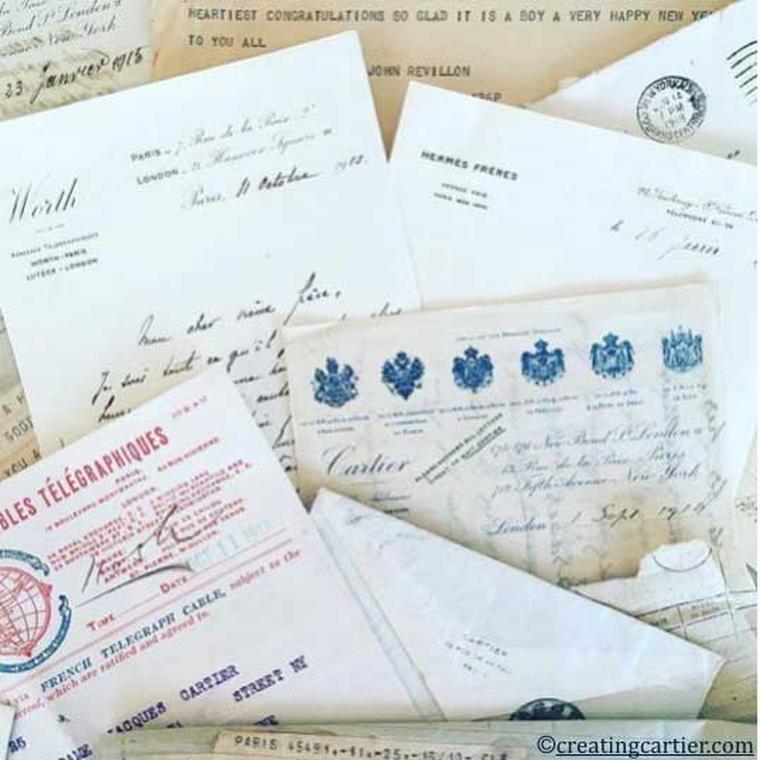
All in all, there isn't the fierce competitive rivalry you might expect, there’s a sense that these families were in it together. Of course, at a time when the aristocracy held the keys to power, these merchant families were still far down the social scale: mere shopkeepers albeit with rather glamorous clientele and lofty ambitions. Today it may be the luxury firms holding the elite parties featured in the glossy magazines, in those days, most of them would have been lucky to be invited.
TJE: So what do you think made Cartier so successful compared to other jewellers of that time?
FCB: My research has made me realise the extent to which the success Cartier enjoyed as a family firm was down to the third generation – the three brothers, Louis, Pierre and Jacques in the first few decades of the twentieth century. Louis, the eldest of the three, rightly gets a lot of the credit but it was really the combination of the three that set them apart. The letters between them show not only how incredibly close they were but also how their talents and focus complemented each other.
What the three brothers managed to produce in the 1900-1940 period was simply astonishing from the Maharaja of Patiala’s necklace containing almost 3,000 diamonds, to the now iconic Tank watch later favoured by Andy Warhol and Jackie Kennedy, to those glorious brightly coloured Tutti Frutti necklaces and bracelets. These creations were cutting edge when they first appeared but because they were so beautifully made with such attention to detail, they’ve managed to survive the test of time. In fact they’ve probably become even more covetable in the last few decades.
TJE: As you say, Louis Cartier is the most well-known of the Cartier brothers. What was he like?
FCB: Second from the left in that photo (above) , Louis was suave and ultra-confident. He is rightly recognised as a creative genius. He had that rare ability to know what people wanted before they knew it themselves. He was in charge of the Paris branch. From here, he oversaw the craftsmen who made the jewellery and the salesmen who sold it. By all accounts, he was a very demanding boss and a pretty strict uncle. His standards were impossibly high. If anything was ever less than perfect, it would be sent back and made again. I think of him as akin to Steve Jobs in mindset, looking to push boundaries, to create rather than copy, and to marry function with beauty. Look around you now and you’ll see people wearing the legacy of his creative talent. For example, he invented the first wristwatch, the Santos, in 1904 to replace the fashionable pocket-watch for men on the move.
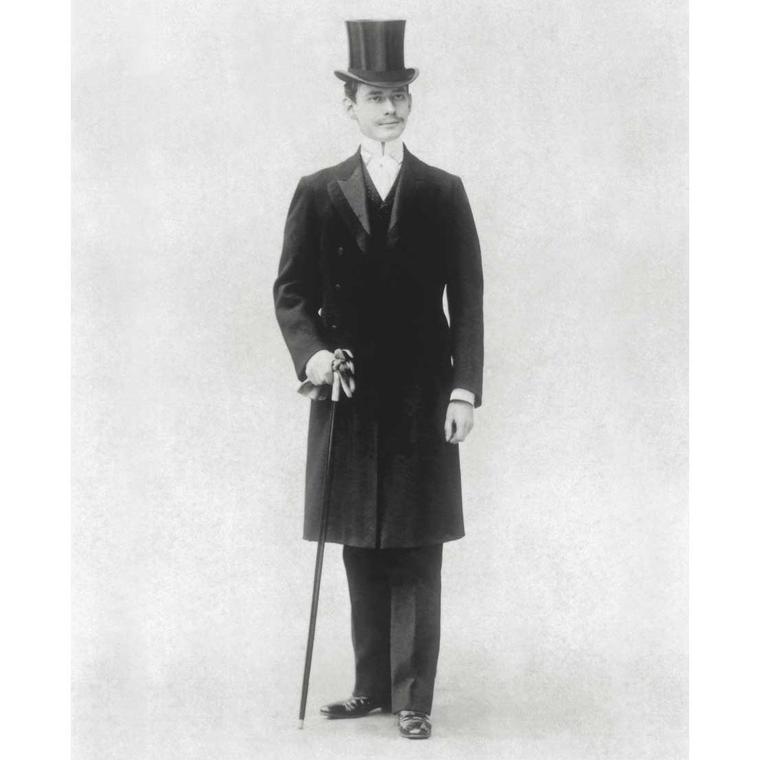
TJE: What other innovations did he come up with?
FCB: I recently found a wonderful quote from Louis in the 1920s. At the time of the Paris International Fair, he was talking to the press about how Cartier’s idea to experiment with non-precious metals had transformed the whole jewellery industry. “The thick settings of gold, silver and heavy woven strands that had been known since time immemorial were like the armour of jewellery," said Louis Cartier. "The use of platinum, which became its embroidery, an innovation introduced by us, produced the reformation.” He could come across as a bit pompous!
Still, nowadays, it's easy for us to take the use of platinum for granted. Back then, it was an industrial metal used in machinery rather than tiaras. Along with his father, Louis was drawn to the metal after seeing how light and shiny it looked on a vehicle as unlike silver, it didn't tarnish. They wanted to try it out with jewellery. There was just one problem: they couldn't work out how to convert it into a support for precious stones. Refusing to give up, they experimented by mixing it with other metals like iridium until, in 1896, Cartier came up with a form of hard platinum. Crucially, it was strong enough to hold gemstones in place and light enough not to detract from them.
The garland-style tiara or bandeau made in 1912 for Queen Elisabeth of Belgium is a lovely example of what this enabled (below). The lightness and strength of the metal allowed Cartier to create an almost lace-like effect where the diamonds appeared to float in air. It’s magical.
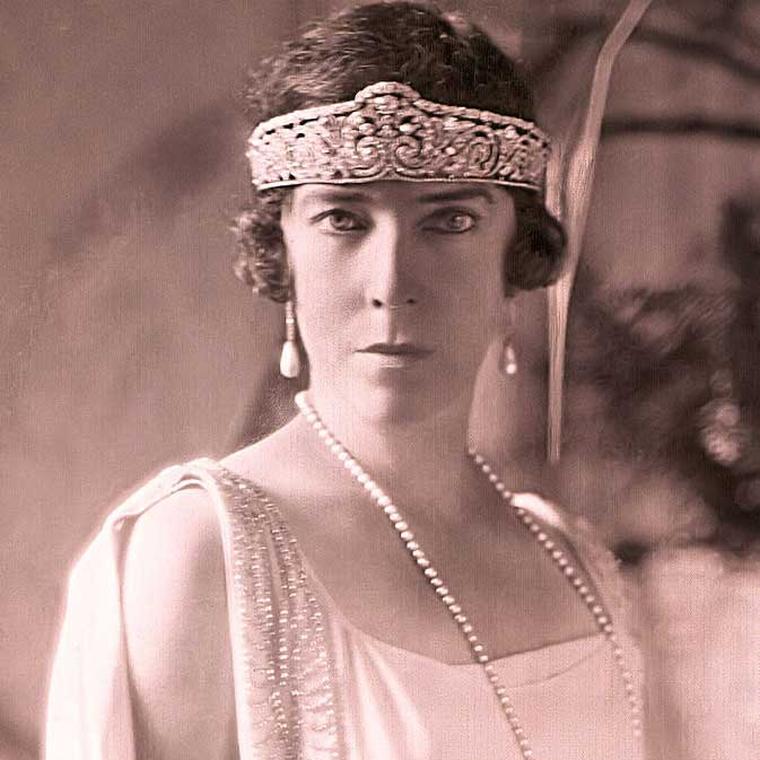
TJE: What about Pierre Cartier – what was his contribution?
FCB: Pierre (below) was the middle brother and the business guru. Long before the age of globalisation, he had this stunning worldwide vision for Cartier. Not content with establishing the London office, Pierre spent the best part of a decade travelling further afield in order to set up international foundations for the future. In another life, I suspect he would have been a diplomat. Thanks to his efforts, by 1910, Cartier had secured a stand at Grand Duchess Vladimir’s world-renowned St Petersburg Christmas Bazaar. Most of all, he recognised the significance of America. “We can start French luxury in New York,” he wrote to his brothers during WWI, as he poured money into refurbishing the firm’s impressive new shop. Amazingly, he bought this Fifth Avenue townhouse by swapping it for a string of pearls in what was perhaps the deal of the century.
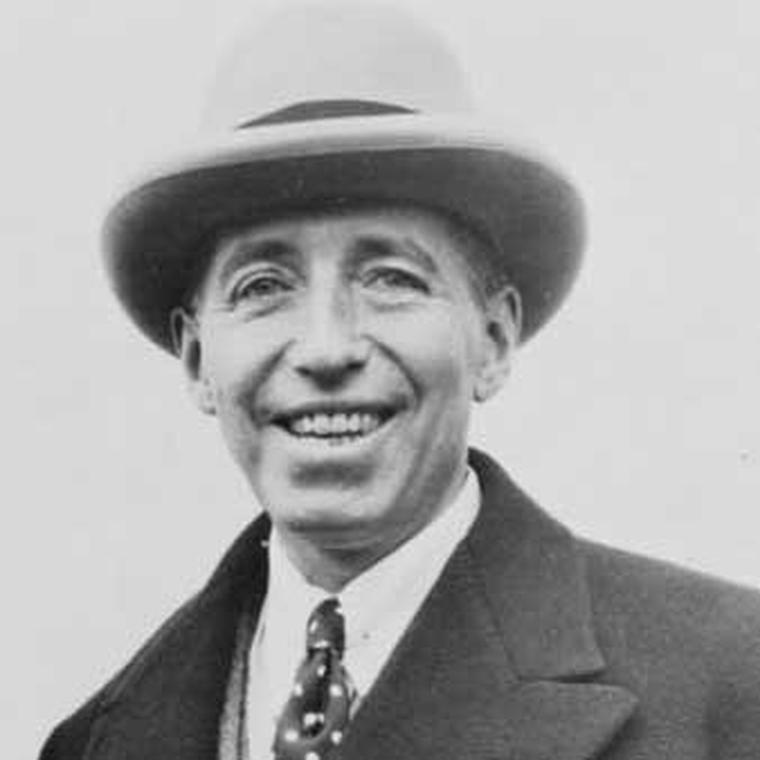
He married lovely Aunt Elma, an extremely wealthy but down-to-earth American from the Rumsey family. She opened doors to New York’s elite circles and before long the Astors, Vanderbilts and Rockefellers were friends as well as clients. Pierre and Elma had one daughter, Marion, whom they sweetly referred to as, “the most precious Cartier jewel of all”.
Pierre may not have had Louis’ artistic talents but he was far, far ahead of his time in knowing how to network and how to market a business. Soon after opening the American branch, Pierre bought and sold the notoriously cursed Hope diamond (below).
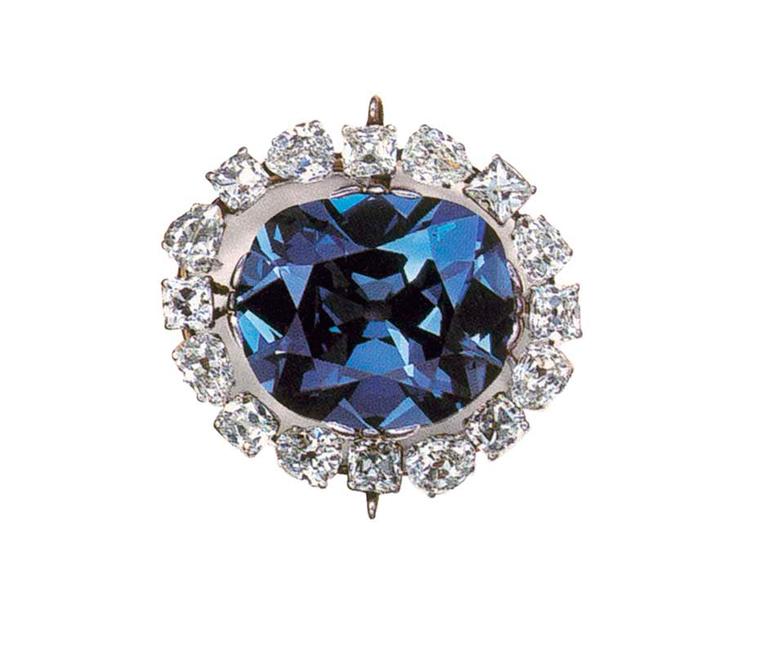
This move leapfrogged the then relatively unknown French jeweller into America’s newspapers. After all, who isn’t slightly morbidly fascinated by the idea of a cursed 45-carat deep blue diamond whose previous owners have succumbed to horrible fates like being beheaded or eaten alive by wild dogs? Pierre also predicted – correctly as it turned out – that the notoriously extravagant purchaser, Mrs Evalyn Walsh McLean (below), would ensure the diamond’s ongoing publicity for years to come. At her famous parties, she would tie the stone around the neck of her Great Dane or play ‘Hide the Hope’ to the alarm of her guests, all great for getting Cartier’s name into the gossip pages of a notoriously hard to crack market.
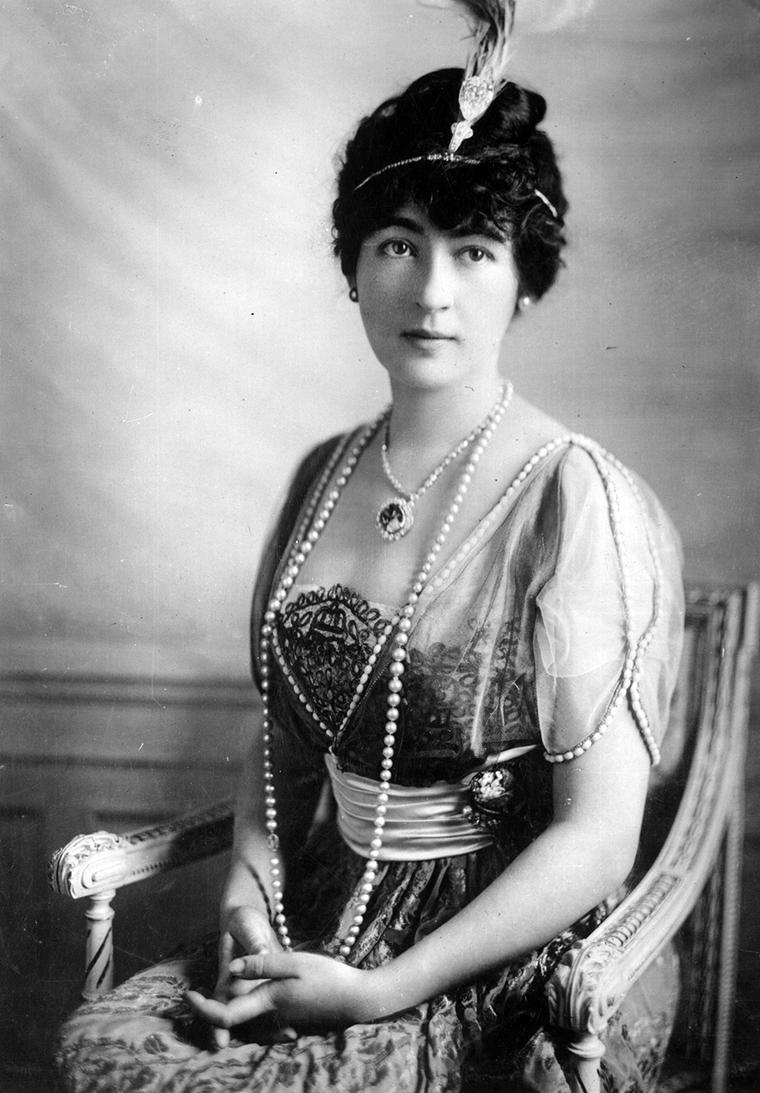
TJE: Jacques Cartier was your great-grandfather. What was he like?
FCB: Yes, Jacques was the youngest of the Cartier brothers and my grandfather’s much-adored father. He’s far right on that family photograph (top), complete with moustache and a strong Cartier nose! He was quieter, more self-effacing than his brothers so less is known about him, but he was brilliant with people. I recently unearthed a well-loved copy of his obituary which said that he didn't have an enemy in the world. He looks rather dapper in the photos I have of him: dark hair combed back, cigarette elegantly in hand, well-polished shoes, while also, I think, exuding a deep kindness. I sadly never knew him. By all accounts he was a fascinating and thoughtful man, a gentleman in every sense.
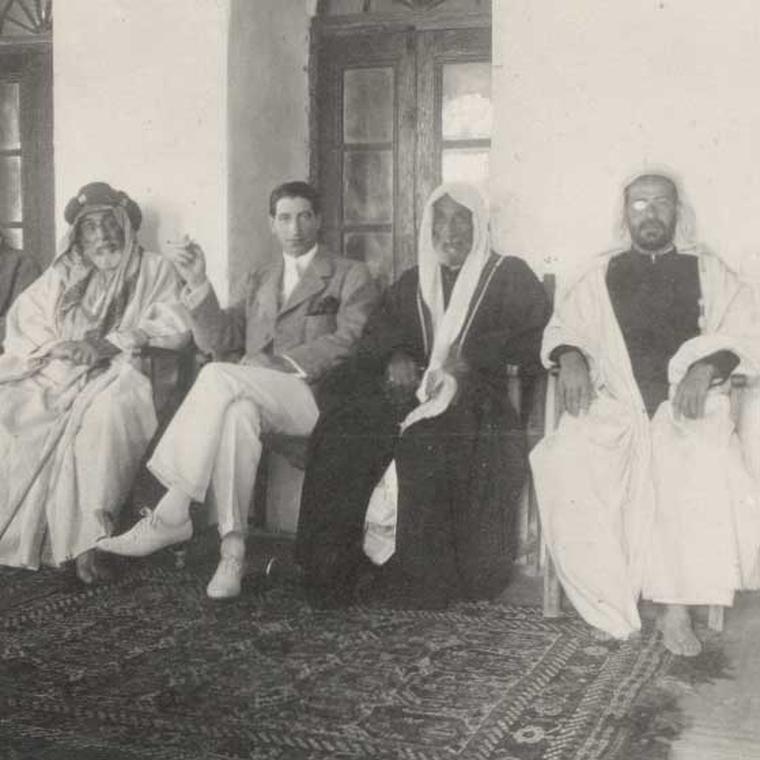
TJE: And how was he important for the family business?
FCB: Jacques took charge of the London branch of Cartier, and started a workshop above the New Bond Street store to cater to the tiara-loving English aristocracy. He was jokingly known as ‘vieux Jacques’ by his brothers, Louis and Pierre because of an astuteness beyond his years. He was the one they turned to for advice. He wrote some wonderful letters back to his brothers about how changing fashions after the war, when, heaven forbid, women cut their hair short was creating opportunities for longer earrings and a new style of bandeau headband worn on the forehead.
Outside of work, Jacques mingled with the creative British set, with eccentric characters such as Isadora Duncan, Vita Sackville West and Bernard Shaw. Like his brothers, Jacques married well, socially speaking. His wife, Nelly Harjes, was the daughter of J.P. Morgan’s inordinately wealthy business partner in Europe. It was love though, rather than riches, that drove the union. When he proposed, Jacques promised he would never touch a cent of her family money, and he was true to his word. Jacques and Nelly adored each other and had four children, with my grandfather being the eldest son.
Of the three brothers, Jacques was the most knowledgeable about gemstones and he was never without his trusty ‘killer stones’: a perfect pigeon-blood red ruby, a cornflower blue sapphire and vivid pure green emerald. All of which he pulled out of a little pouch when valuing a jewel. This expertise and his integrity earned him a loyal clientele in England and abroad. He travelled often to the Persian Gulf (now Bahrain), Sri Lanka and India, where he bought the highest quality pearls and coloured gemstones to take back to Europe. India was particularly important. Both for the inspiration it gave Jacques for creating an Indian-style of jewellery back in the West and for the commissions from the Maharajas that Jacques would pick up from palace to palace. These enormous orders coming in from the East helped save Cartier during the 1930s Depression, when so many of its Western clients were reining in their spending.
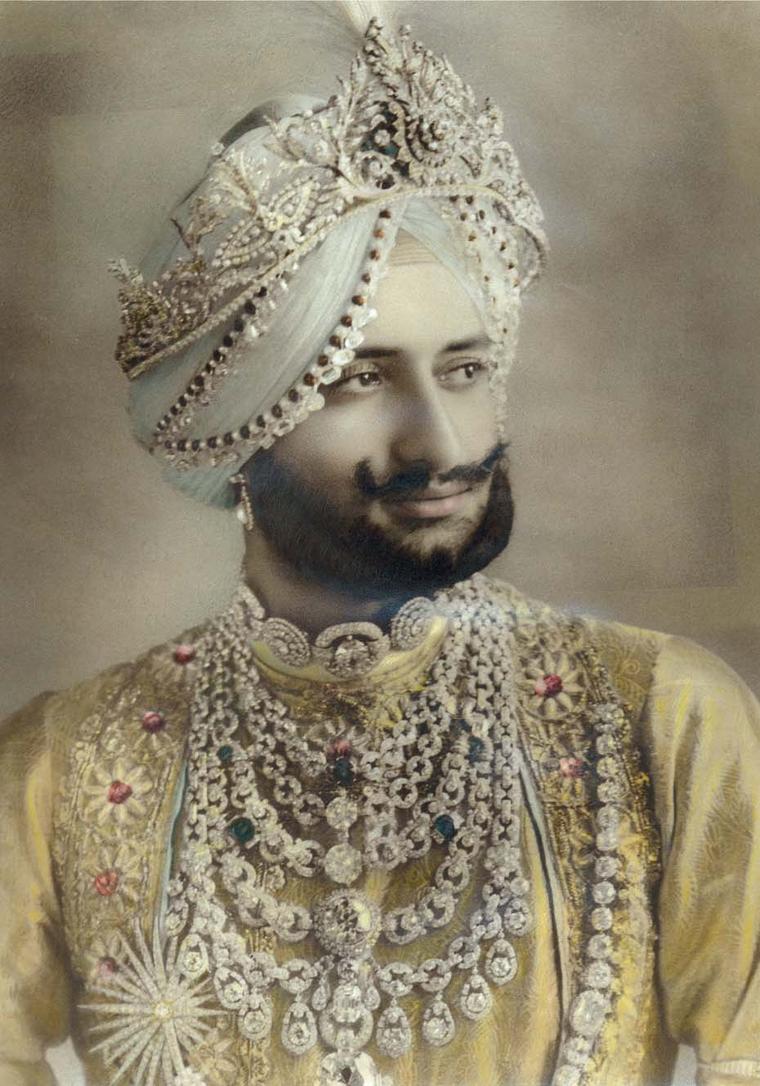
TJE: So would you say the success of Cartier was really down to these three brothers and their complementary talents?
FCB: As with any successful business, good timing played a part too. The three brothers came on the scene when conditions for luxury couldn’t have been better. And of course the achievements of Cartier were also down to the many incredibly talented people whom the Cartier brothers hired over the years. Far too many to name here but, for example, I’m thinking of the father and son team Arthur & Donald Fraser in London, talented designers like Charles Jacqueau, Pierre Lemarchand and Dennis Gardner, exceptional salespeople like Jules Glaenzer and Etienne Bellenger, innovative watchmakers like Maurice Couët and Edmond Jaeger,not to mention well-known dealers like Imre Schwaiger and CT Loo. There’s obviously much more to the success of a firm than any single individual. Still, I do believe that, together, the three brothers added something special. By working in tandem, they revolutionised the jewellery industry and were able to dominate Paris, New York & London, the world’s luxury capitals of that time. They had such a potent mix of individual talents: Louis for creative inspiration, Pierre for business acumen and Jacques for gemstone expertise. That was what catapulted the firm into another league. And that’s why, even today, the products they produced in the first few decades of the 20th century with such exquisite craftsmanship, achieve record prices time and time again at auction.
For more information on Francesca’s forthcoming book on the history of Cartier from a family perspective, you can follow her journey on Instagram, on LinkedIn or via her CreatingCartier.com website.


